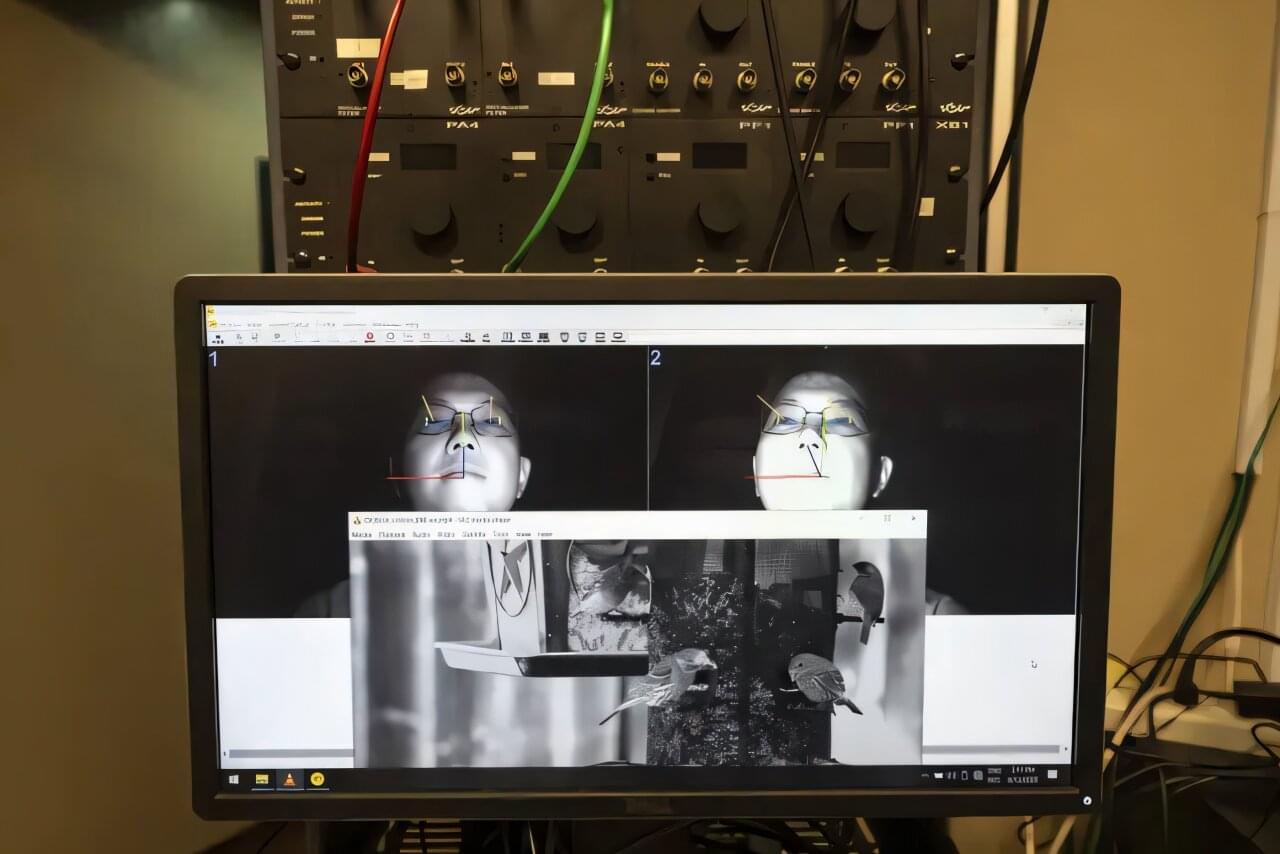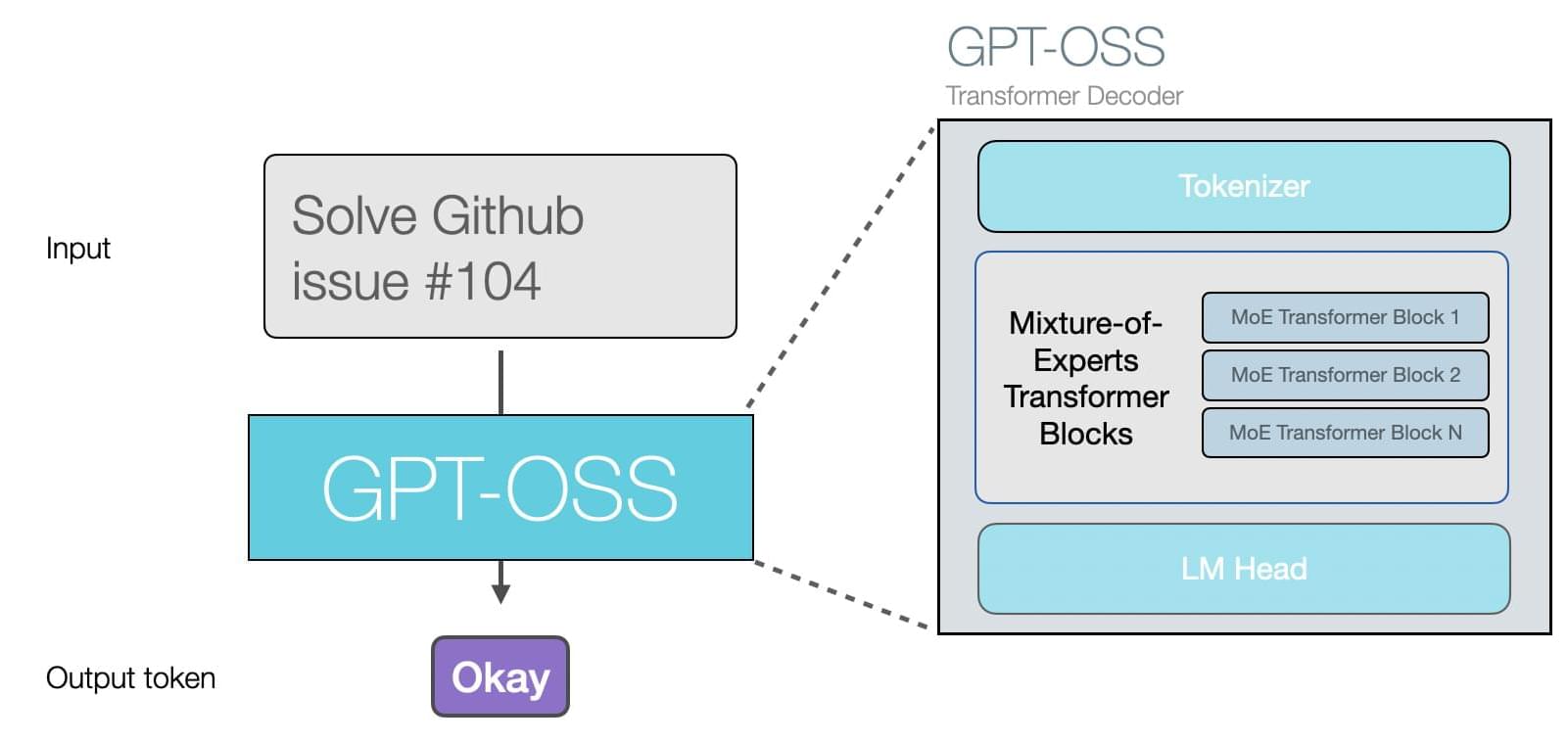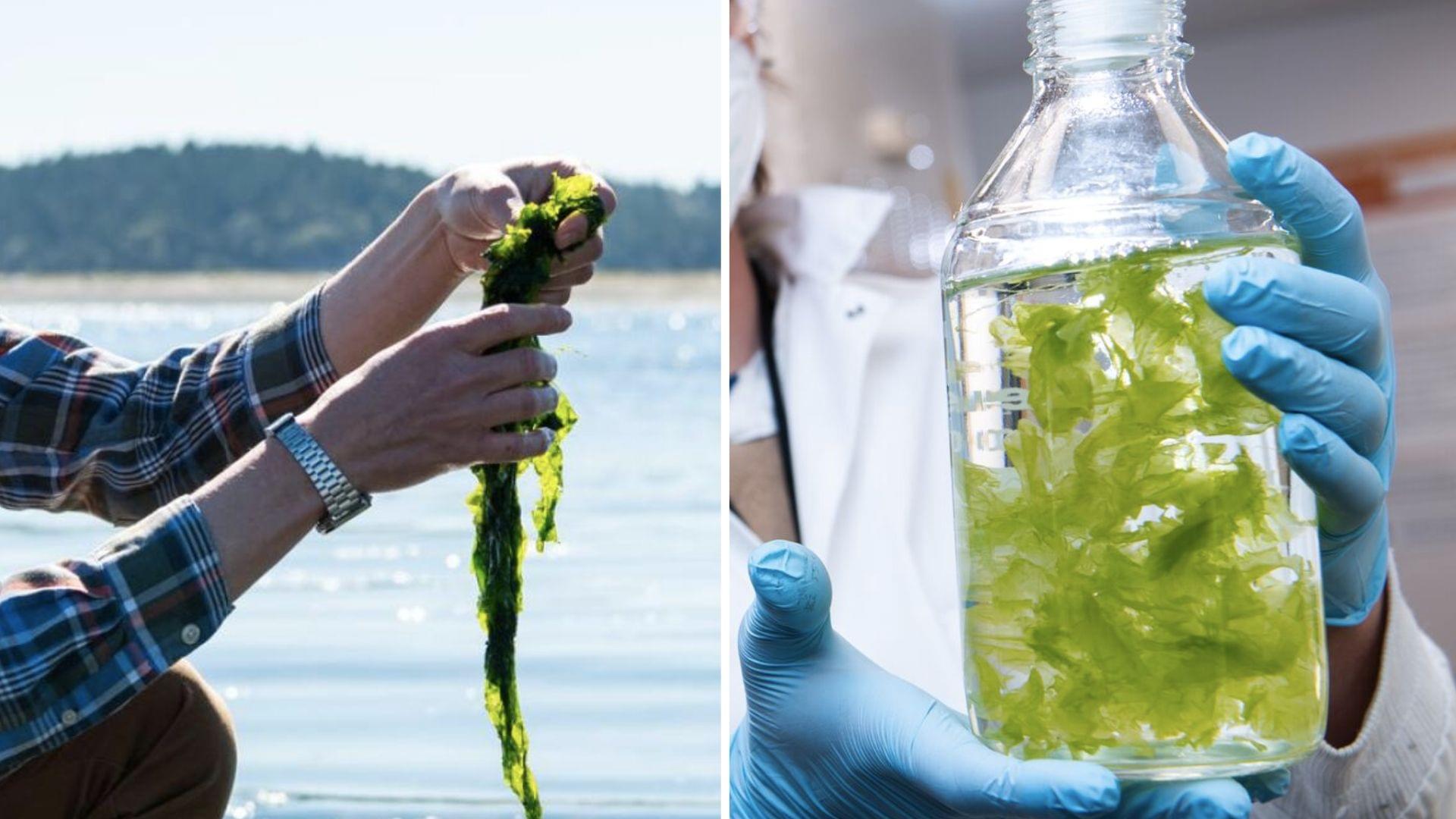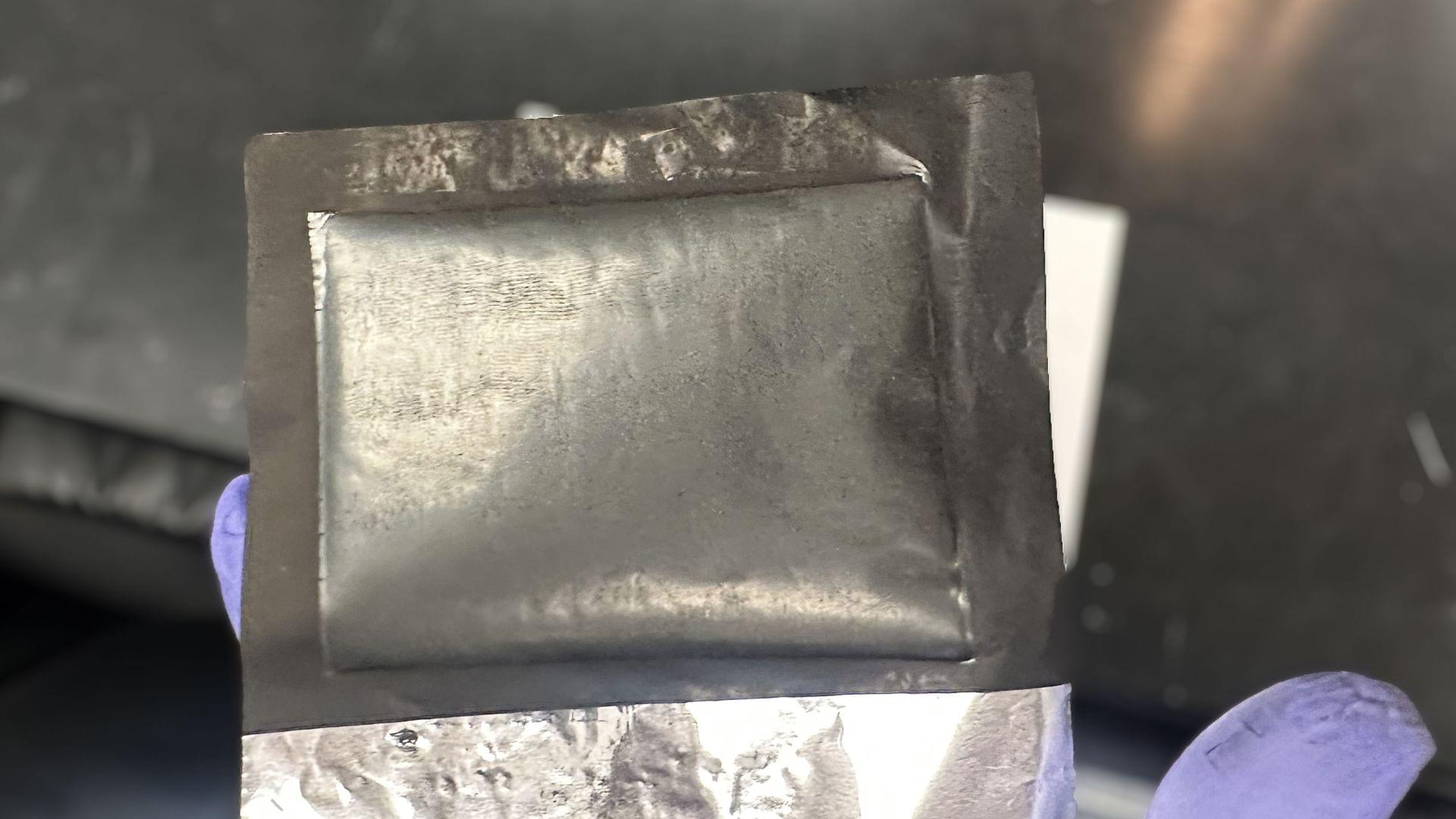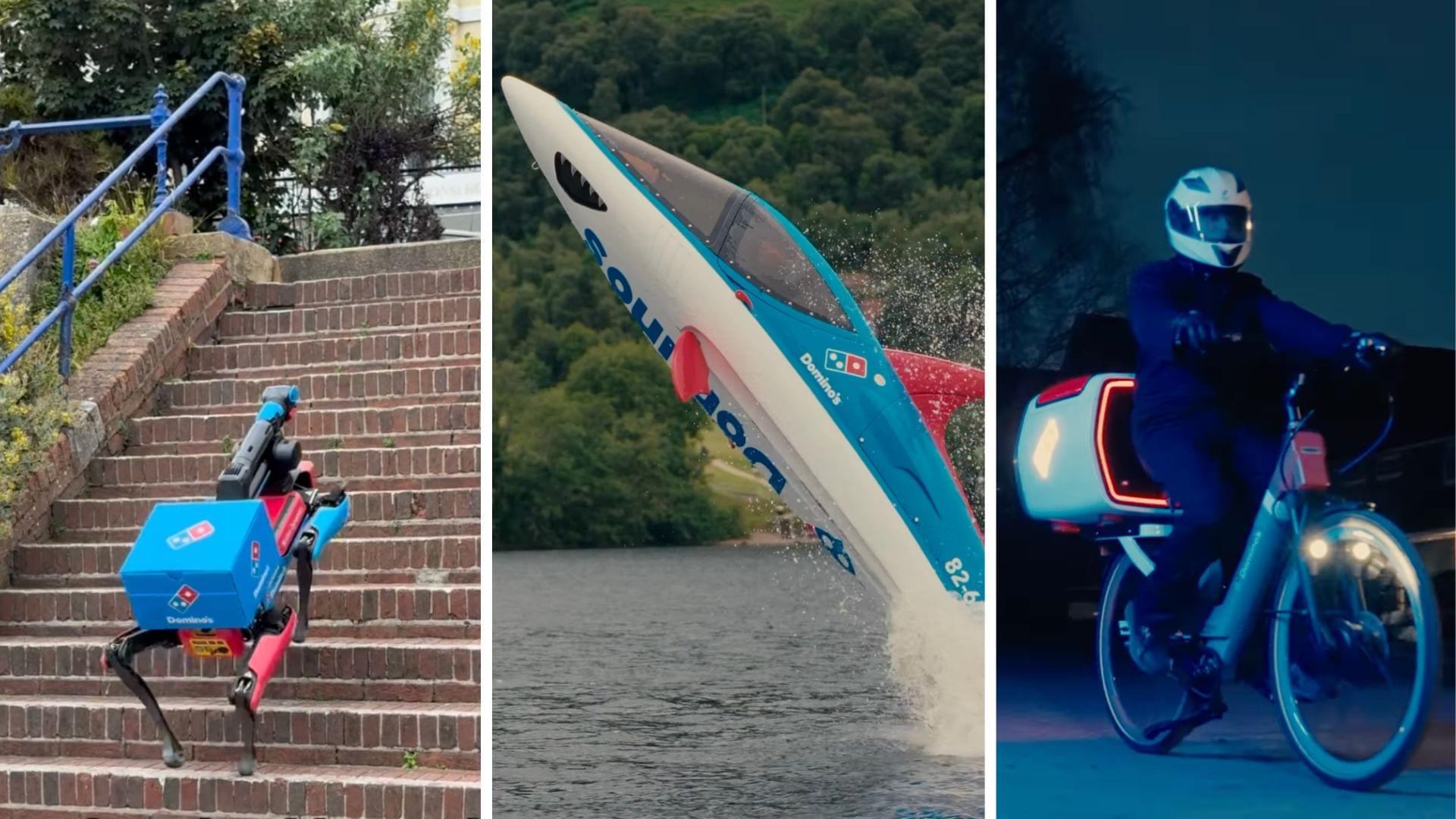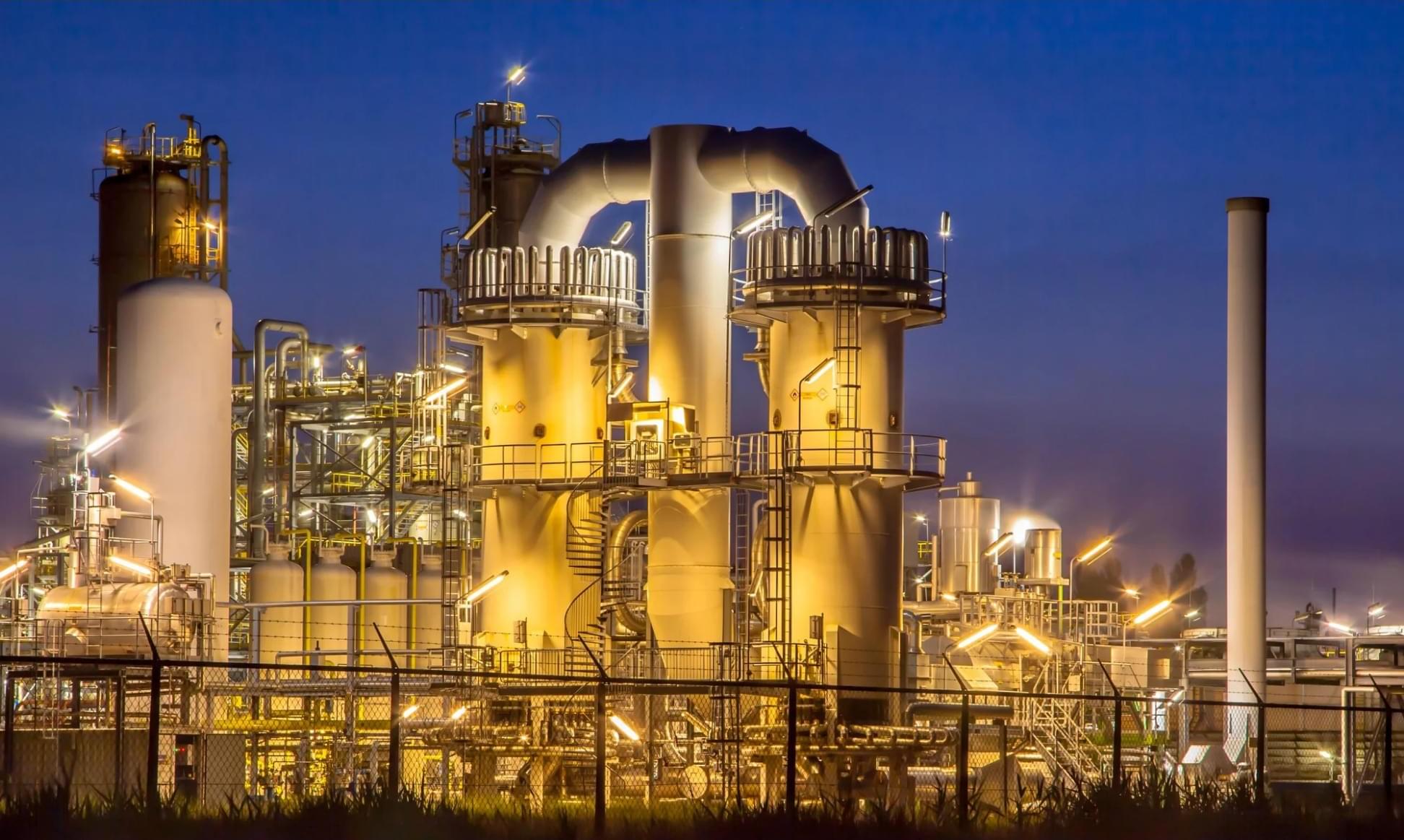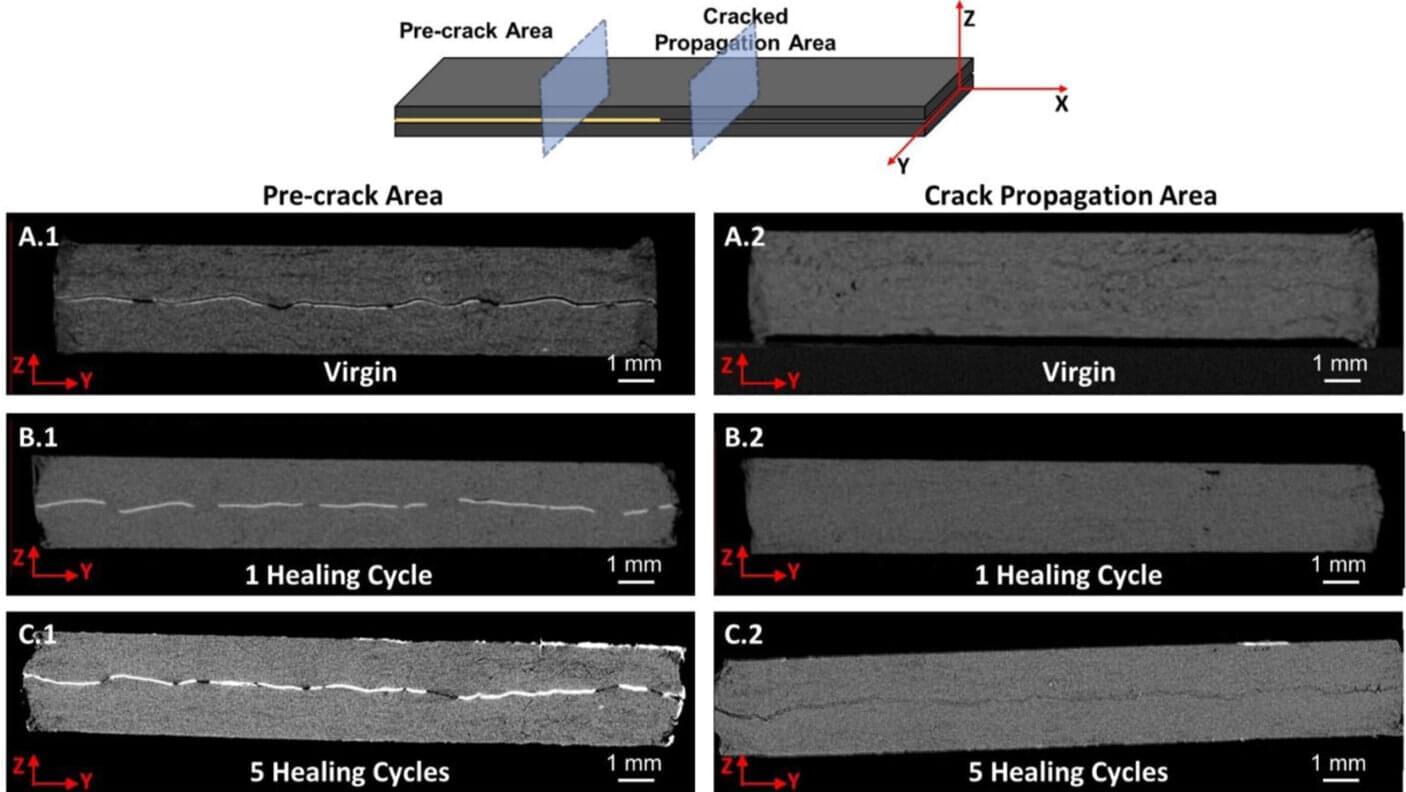Throughout her career, Laurie Heller has listened closely—not just to words, but to sound itself. In the Auditory Lab at Carnegie Mellon University, the psychology professor explores how the brain interprets everything from environmental clatter to the subtle noises that can spark deep feelings of safety, connection, or in some cases, rage.
So when Yuqi “Monica” Qiu, then an undergraduate in computer science, emailed Heller after seeing a recruitment poster for a study, Heller was ready to listen.
“I have misophonia,” Qiu wrote. “And I want to help.”
